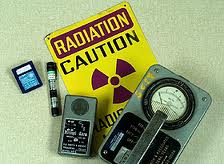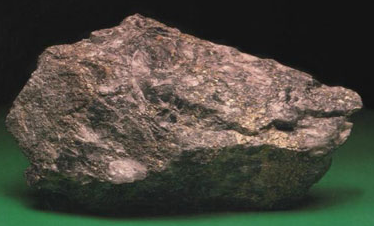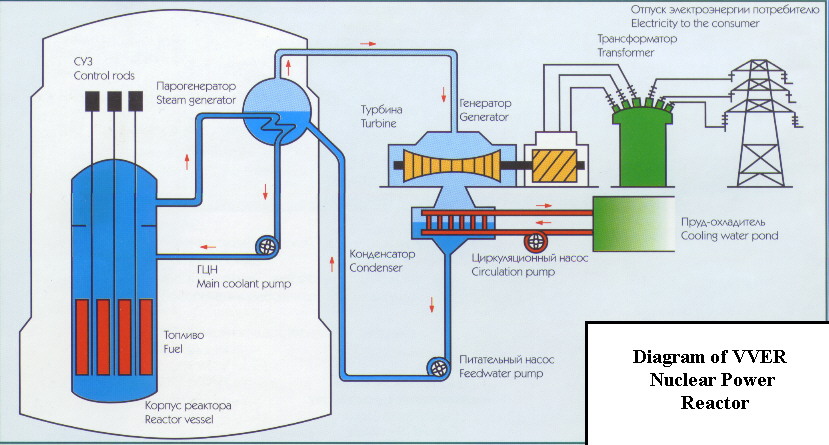Vietnam's nuclear ambitions are quickly realized
Russia and Japan will build the first four of 16 planned reactors

Map of Vietnam
Flying under the radar of global market intelligence reports, Vietnam has quietly inked deals with Russia and Japan to build 4 GWe of nuclear power generating capacity. The first power station, composed of twin Russian 1000-MW VVER reactors, will enter revenue service in 2020. The second, composed of two Japanese-built reactors, will follow a few years later.
Russia signed the deal in December 2009 to build the first two reactors. The Japanese deal, a first for the nation's newly-formed nuclear export program, was inked last October.
Projections are that total demand for electricity in Vietnam is estimated to increase rapidly from 65 GWe in 2020 to 92 GWe in 2025. Of that amount, the country hopes to deploy the first 4 GWe of a planned 16 GWe of nuclear generating capacity by the 2025 date. It plans to double its nuclear energy commitment to 8 GWe by 2030. A total of eight sites in five provinces are being considered for the new power stations.
There are two drivers for rapidly rising demand for electricity. The first is that Vietnam is now a major global center for high tech manufacturing. Intel is building a $1 billion computer chip factory there, the world's largest. Also, Vietnam has substantial bauxite ore reserves and wants to develop a finished goods aluminum manufacturing industry. Smelter operations are huge consumers of electric power.
Vietnam's rapid build-out of nuclear reactors also faces some stiff challenges, including the need for trained personnel and an effective, fully funded nuclear regulatory infrastructure. For now, the country is importing nuclear engineering expertise, along with technology, while sending its citizens to Japan and Russia for technical training.
Russia are first movers for new nuclear power stations
The Russian-built nuclear power station, Ninh Thuan-1, will be a turn-key operation with financing through Atomstroyexport. Rosatom, Atomstroyexport's parent firm, has committed to supply the fuel and retrograde the used fuel back to Russia. The two reactors are estimated to cost $11 billion, with most of the money coming from Rosatom. The Vietnam Electricity organization (EVN) will be the operator of the reactors.
Like Russia, Japan has committed to providing export credits for construction of two reactors up to 85 percent of the cost. A consortium of Japanese firms will build the two reactors for about $11 billion. Several Japanese government ministries, and quasi-government organizations, will coordinate contract details with the government of Vietnam, including Japan's Ministry of Economy, Trade, and Industry.
The Vietnamese government has said that it is not interested in building a uranium enrichment capability due to the political sensitivities of China. Also, since the Russians and Japanese have signed identical agreements to provide reliable fuel services, and take back used fuel, Vietnam can avoid the expense of building its own enrichment and used fuel facilities.
Regulatory agency still a work in progress
 According to the Vietnam News Agency, the lack of an independent regulatory framework for the country's rapidly developing nuclear program is a significant challenge. The Vietnam Agency for Radiation and Nuclear Safety was upgraded in March 2008 with 11 new laws passed by the National Assembly. In January 2009, the agency issued regulations for licensing nuclear power stations and to certify the qualifications of workers assigned to the reactors.
According to the Vietnam News Agency, the lack of an independent regulatory framework for the country's rapidly developing nuclear program is a significant challenge. The Vietnam Agency for Radiation and Nuclear Safety was upgraded in March 2008 with 11 new laws passed by the National Assembly. In January 2009, the agency issued regulations for licensing nuclear power stations and to certify the qualifications of workers assigned to the reactors.
Phan Minh Tuan, a Vietnamese utility executive at EVN, which will operate the new Russian reactors, told an international nuclear conference in January thst the government is allocating funds to pay for development and implementation of the nuclear energy regulatory framework. There are, however, no indigenous nuclear engineering schools, so new workers are being sent overseas for training. A delegation of Vietnamese engineers participated in a recent tour of the U.S. Nuclear Regulatory Commission under the sponsorship of the International Atomic Energy Agency.
Recruiting technical workers for nuclear plants will be a challenge as more than 50 percent of the nation's workforce is involved in agriculture, much of it at a subsistence level. Only 15 percent of work force is employed in manufacturing or other professions requiring more than an elementary education. These workers are filling slots in factories such as the ones being built by Intel and other multi-nationals.
The Vietnamese government is faced with another challenge, and that is to meet the IAEA's requirements for transparency and openness in its nuclear regulatory system. Vietnam's socialist state allows only one political party-Communists-to participate in elections. Elections for the unicameral national assembly are held every five years. Nongovernmental organizations that advocate for democracy are not recognized by the government. It is unclear how the public or any citizens groups will engage with the nuclear regulatory process.
According to the CIA Work Fact Book, Vietnam is a densely populated developing country that in the past 30 years has had to recover from the ravages of war, the loss of financial support from the old Soviet Bloc, and the rigidities of a centrally planned economy.
Vietnamese authorities have reaffirmed their commitment to economic liberalization and international integration. This change has drawn industry to the country for its low labor rates. Developing enough electricity to meet demand is the key success factor for continued growth.
Prospects for U.S. firms

Uranium ore can yield 4 to 15 pounds U3O8 per ton
No U.S. firms are in line for deals to build nuclear energy projects in Vietnam. The U.S. State Department is still negotiating a 1-2-3 agreement with the Vietnamese government, which could include provisions related to uranium enrichment programs. Vietnam has a reported uranium reserve of 8000 tU in Quang Nam province, but no mining is underway there at this time.
Westinghouse and G.E. Hitachi have shown an interest in pursuing contracts for future reactors. Until U.S. diplomats sort out the nonproliferation issues in a 1-2-3 agreement, however, the companies' hands are tied.
The United States and Vietnam established formal diplomatic relations in 1990. The war in Vietnam killed 58 000 U.S. soldiers and more than 3 million Vietnamese. The country remains influenced by its long-term relationship with Russia, despite sharing its northern border with China.

Yurman
Dan Yurman publishes Idaho Samizdat, a blog on nuclear energy. He is a contributing reporter for Fuel Cycle Week and a frequent contributor to ANS Nuclear Cafe.




